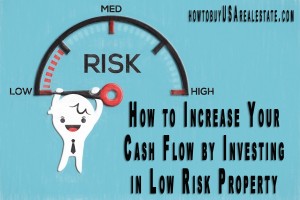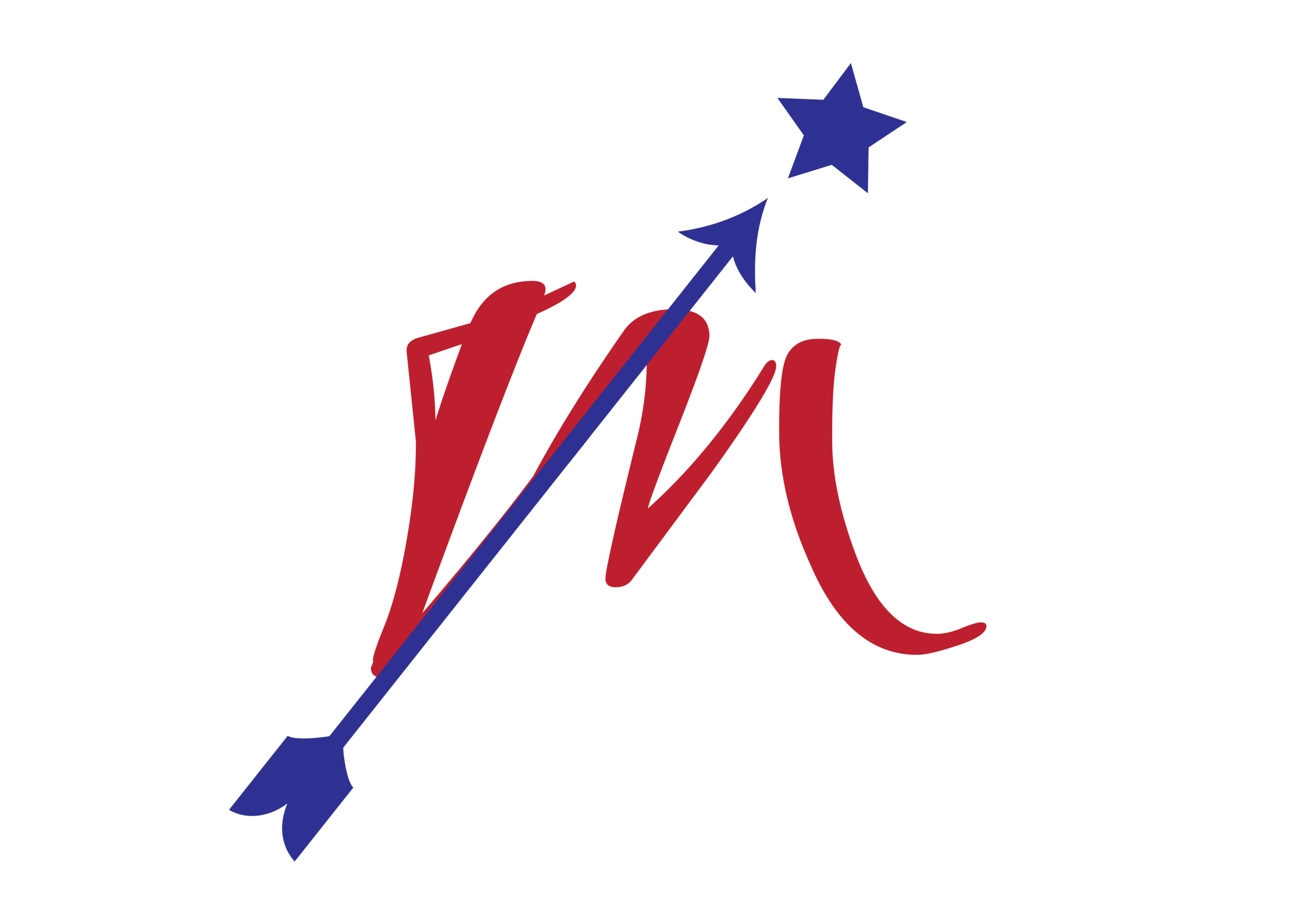How to Increase Your Cash Flow by Investing in Low Risk Property
I see many investors being puzzled as we transition from easily finding great investment property on pretty much any street corner USA, to struggling to find good ones anywhere. As most investors are reporting, they are finding a  sea of information but when doing their research the numbers just do not add up. I applaud those who are astute enough to do their proper diligence to discover the true returns a property will generate.
sea of information but when doing their research the numbers just do not add up. I applaud those who are astute enough to do their proper diligence to discover the true returns a property will generate.
Avoid the Bait and Switch
Many people sell properties by baiting investors with pro-forma’s that are not true numbers. They simply do not put all expenses on a pro forma report. They conveniently omit line item expenses like vacancy rate (all properties will experience some vacancy even if it is a week or two between tenant move out and move in) they will also omit line items like repair expense.
Even new properties or freshly renovated properties will have some sort of repair expense eventually. Many sellers with try and distract you from thinking of these line items by offering a warranty for 1 year. They guarantee rent and all repairs for a year in an attempt to convince you the property has a higher return than it actually does.
Often they will pay for this guarantee by adding the cost of these missing line items to the cost of the property so essentially they rolled these line item expenses into the purchase price to pay for the guarantee.
Stay focused and invest to win
I always suggest to investors (especially new investors) to have a written investment plan. After all you are basically running a small business and every business needs an operating plan in order to be successful. Within this investment plan you have your criteria for all aspects of your business including what you want your pro forma to look like.
- How much you expect for cash on cash return
- What cap rate you will accept
- What internal rate of return you expect
If you have all this mapped out you will always be able to identify low risk property that is a safe and sustainable investment and avoid the risky pro-formas that bait you.
So what is a low risk property?
An investment that is already a performing asset, with tenants and property management in place. When you invest in properties that are already used as an investment you reduce the element of the unknowns. As the tenants are in place you know what rents are, you know what expenses are and your investment already has a valid and true pro-forma.
Properties with fixed or controlled expenses
All properties have taxes and insurance as expenses (PITI) and if you hire a property manager that too is a controlled expense. When a property has things like HOA’s, owner paid utilities, owner paid landscaping such as lawn care and snow removal. These uncontrolled expenses can change rapidly and cut into your cash flows. Often these expenses are unpredictable.
Properties in growth areas
Interestingly enough, the most important aspect of real estate is location and most people forget this when they are buying investment property. They know they want a property with good schools and close to work and in nice neighborhoods.
But this is not enough for the investor. Having these elements will indeed be important for your exit strategy so you can sell to the retail buyer for top dollar. However, to secure long-term sustained income you must inure you are investing in the best most sustainable markets. As an example, a single family home where tenants tend to stay for longer rent durations, they pay their own utilities and do their own lawn work.
When you invest in these low risk turnkey properties, you will be more easily able to find the deals that make sense and you will easily identify those bait and switch portfolios.
Happy Investing!
